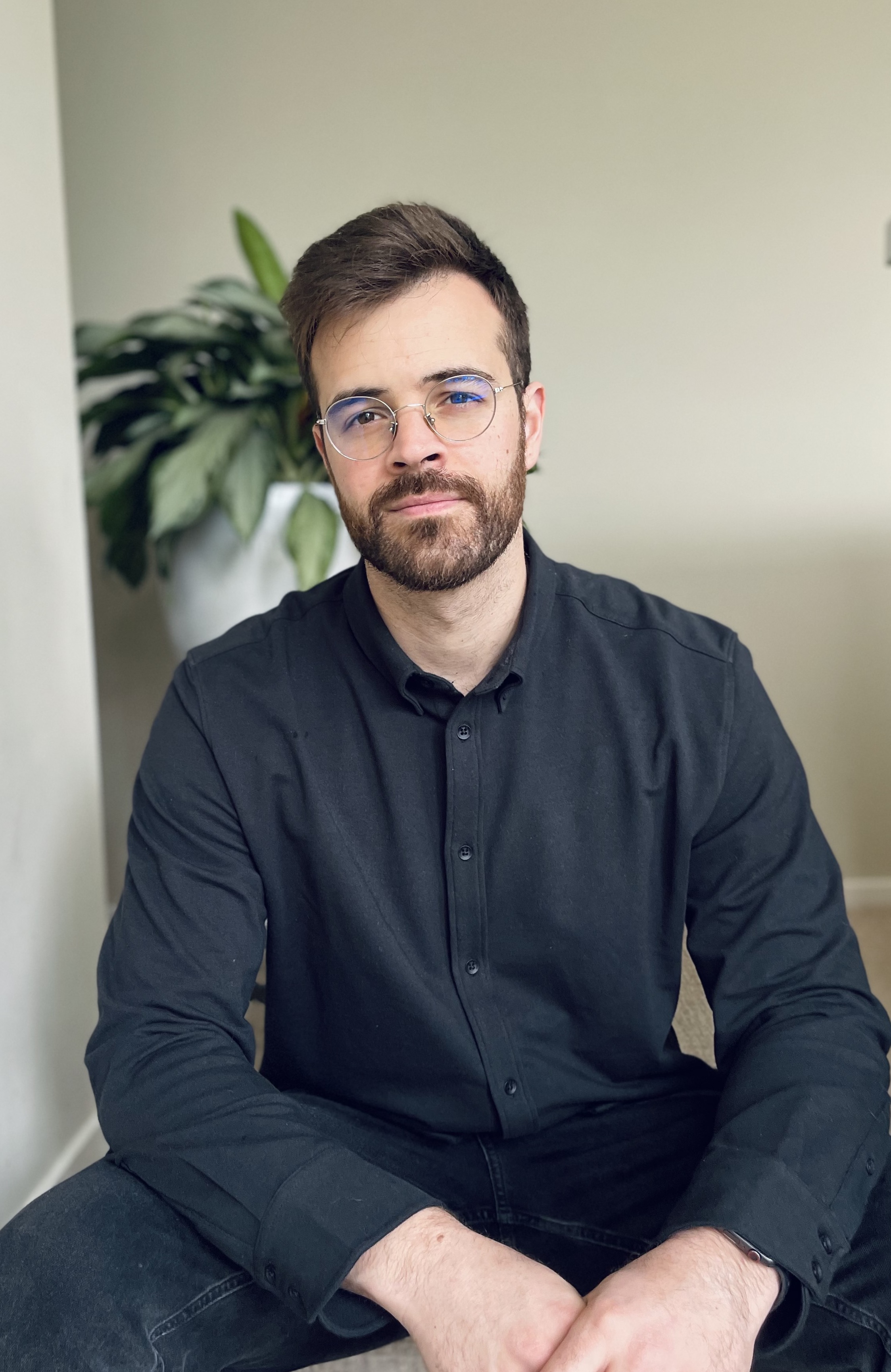- Video Library
- HealthySole | Peter Kassel, CEO
HealthySole | Peter Kassel, CEO

Peter Kassel
With just 8 seconds, HealthySole Plus bathes the soles of shoes in UVC Germicidal light, eliminating highly infectious pathogens and preventing them from spreading throughout a facility, office, hospital, or longer-term care facility and becoming airborne and landing on keyboards, lamps, light switches, doorknobs and any other regularly touched surface!
Peter Kassel
With just 8 seconds, HealthySole Plus bathes the soles of shoes in UVC Germicidal light, eliminating highly infectious pathogens and preventing them from spreading throughout a facility, office, hospital, or longer-term care facility and becoming airborne and landing on keyboards, lamps, light switches, doorknobs and any other regularly touched surface!

17011 Beach Blvd, Suite 500 Huntington Beach, CA 92647
714-847-3540© 2025 Life Science Intelligence, Inc., All Rights Reserved. | Privacy Policy







